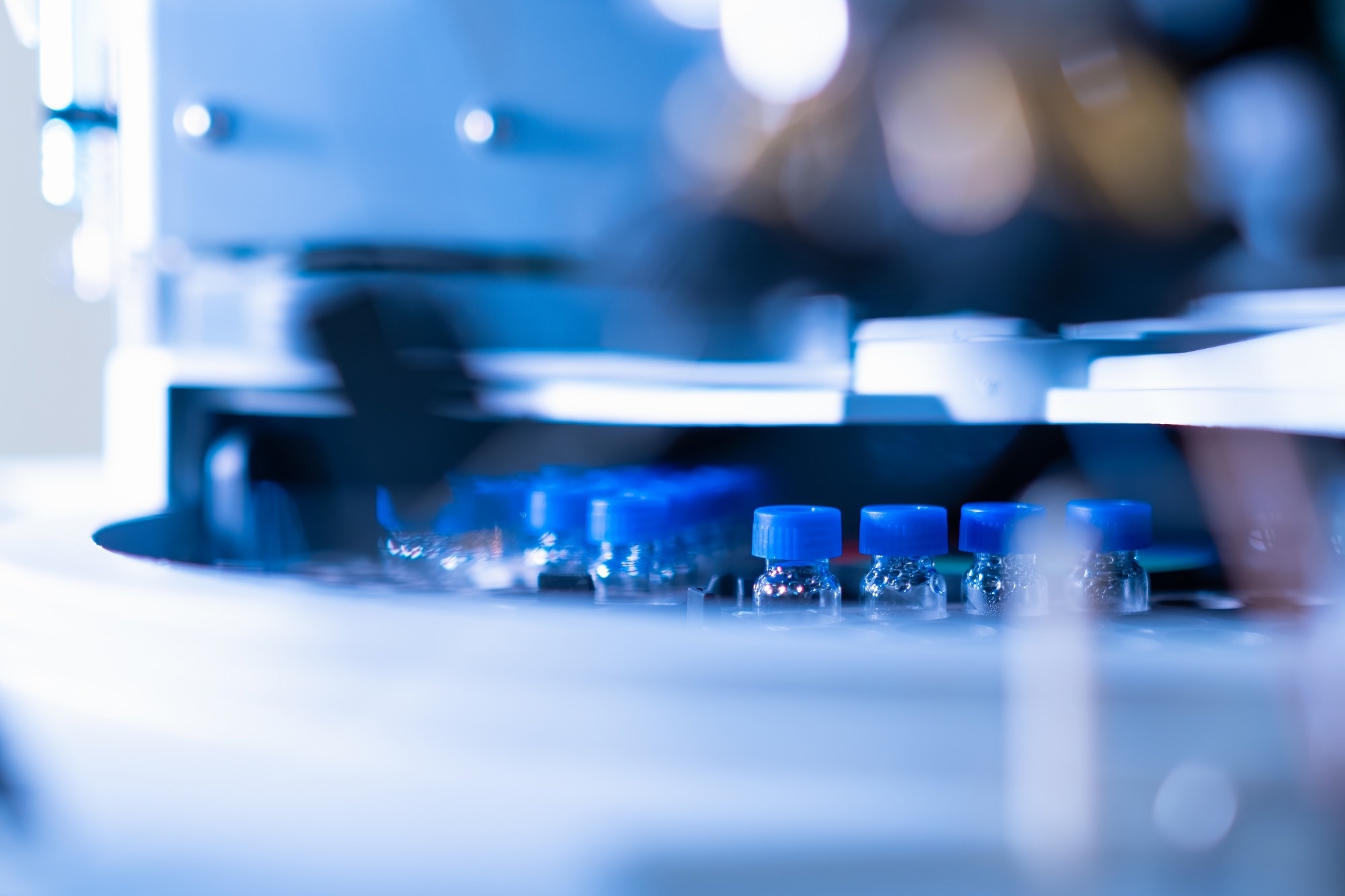In this interview, discover how Charles River uses the power of microdialysis for drug development and CNS therapeutics.
Could you please introduce yourself?
My name is Ilona Vuist. Currently, I lead a team of study directors at the Charles River Labs site in Groningen, the Netherlands. I have five years of experience in running neuroscience and tumor microdialysis studies and my combined knowledge of in vivo and analytical procedures has allowed me to support our clients on a technical and scientific level during the discovery phase of drug development.
What is microdialysis? What are some of its key advantages?
Microdialysis is a catheter-based technique that allows for continuous sampling from the interstitial fluid of any target tissue. This technique is based primarily on the principles of osmosis, in which high concentrations from the microenvironment pass through to the probe. Samples taken can then be analysed for a wide range of readouts depending on the question being answered. Some common examples of readouts are neurotransmitter and neurometabolite levels, hormone levels, and detection of therapeutic test articles to interrogate pharmacokinetics and pharmacodynamic. There is normal microdialysis for neurotransmitters, MetaQuant microdialysis for PK and push-pull microdialysis for larger molecules.
There are three key advantages of microdialysis. The first is that it can be performed in awake, freely behaving animals and that samples are collected in a serial fashion. The second advantage is that it allows you to analyze multiple analytes from a single sample. Aliquoting a sample for various methods, such as HPLC, mass spec, or ELISA, allows you to broaden your biomarker profiling. The final advantage is that you can reduce the number of animals by implanting multiple probes in a single animal. Therefore, not only do you reduce the number of animals used in a study, but you can also sample from several places in one experiment.
Once the samples have been collected, what analytical techniques can be used to analyze them?
We can use LC-MS methods, as well as MSD, ELISA, or any other existing techniques to analyze these relatively clean samples with low background noise or matrix interferance. Using LC-MS, we can measure different peptides from the same protein as well as quantify mutations or specific peptides of interest.
 Image Credit: Vladimka production/Shutterstock.com
Image Credit: Vladimka production/Shutterstock.com
Can you explain what push-pull microdialysis is? How do you go about setting up a push-pull microdialysis experiment?
Push-pull microdialysis is a technique used to sample large molecules, such as peptides, antibodies, cytokines, which can be both endogenous and therapeutics.
For the push-pull microdialysis, we use a specialized Y-shaped probe with a specific membrane of bigger pore size. The gravity pull is used to get the optimal flow over the membrane, thereby capturing as many molecules as possible. We determine the recovery rate over the membrane through in vitro experiments before initiating in vivo experiments.
The probes will be implanted in the brain region of interest and following the recovery period, serial samples can be collected. In addition, a canula can be positioned in the jugulair vein to allow for blood sampling, or in the cisterna magna for CSF sampling.
Different routes of compound administrations can be used, including traditional routes, as well as intranasal, intrathecal, or other methods of injections. Moreover, we can collect different tissues and perform microdissection following the experiment. Therefore, we can extract a wealth of information from a single animal, which is something that I am particularly excited about when using microanalysis in our studies.
The data obtained from these experiments includes insights into brain penetration, the ratio between plasma, CSF, and the interstitial fluids, as well as the Kpuu.
How does push-pull microdialysis contribute to studying different animal models? Can you share any case studies or examples of push-pull microdialysis experiments?
We can conduct microdialysis studies in various animal models of Alzheimer's disease, Huntington's disease, or any other models, to assess pharmacodynamics or pharmacokinetics.
Allow me to share a PK/PD study where we measured PK and alpha-synuclein protein levels in rats. We used a push-pull probe in the prefrontal cortex and placed a jugular vein cannula in the same animal for blood sampling. Additionally, we placed a cannula into the cisterna magna to sample cerebrospinal fluid (CSF).
Following dosing with a therapeutic antibody, we observed a decrease in the alpha-synuclein levels in the brain microdialysate and CSF. In the same animals, the PK profiles were determined in both plasma and brain microdialysate, reducing the number of animals useds in this investigation.
Microdialysis services at Charles River
What considerations should be made when designing microdialysis experiments?
The major considerations revolve around the technical aspects, particularly the choice of membrane and the specific kind of molecule to be measured. We also need to consider the analysis methods available. We can also play with the duration of the experiment.
Microdialysis experiments can span from days to even longer periods. With additional placement of guide canulas, we can extend them to weeks, allowing us to sample from the same region over time. This capability is invaluable for reducing the number of animals needed for experimentation.
How many brain regions can you sample in one microdialysis experiment? Is the number consistent between mice and rats?
For rats, we typically use a maximum of two brain regions. We can add a jugular vein or cisterna magna canulation, totaling three lines overall. For mice, this is limited to two lines. We can still incorporate the two brain regions, or one brain region and a jugular vein canularion, but this represents the maximum configuration feasible for mice.
We can also combine different probes per brain region. For instance by employing a MetaQuant probe in one brain region and a push-pull probe on the opposite side to capture both the PK and PD profiles of the compound within the same animal. I think this is the true power of microdialysis, as it reduces the number of animals needed by consolidating different options within a single animal.
How often can you do microdialysis in the same animal? Is it feasible to perform multiple microdialysis experiments in the same animal over weeks or months?
Yes, it would be feasible to sample from the same animal over weeks. However, if the duration extends up to months, I would recommend splitting it into different groups and performing the surgeries at later intervals. Nevertheless, we have successfully conducted experiments spanning several months with this approach.
How do you make sure that the blood-brain barrier recovers after the experiment?
During the recovery period between surgery and the commencement of actual microdialysis, it is notable. We have historical data showing that after a set period, the blood-brain barrier is recovered.
Can you elaborate on what in vitro microdialysis is and how it is used to inform the in vivo experimental setup?
In this setup, the probe is placed in a beaker containing the analyte of interest, and microdialysates are collected. In an in vitro setup, we typically use different conditions to determine optimal conditions for the analytes.
This involves using different membranes or adding factors such as BSA to the artificial CSF to enhance the transfer across the membrane. By comparing these different factors beforehand, we aim to achieve the highest possible recovery for the analytes before proceeding to animal experiments.
About the speaker

Ilona Vuist currently leads a team of study directors at Charles River’s site in Groningen, Netherlands. She has a background in immunology and cell biology, and experience in running CNS and tumor microdialysis studies. Her combined knowledge of in vivo and analytical procedures allows her to support both on a technical and scientific level during the discovery phase of drug development.
About Charles River Laboratories
At Charles River, we are passionate about our role in improving the quality of people’s lives. Our mission, our excellent science and our strong sense of purpose guides us in all that we do, and we approach each day with the knowledge that our work helps to improve the health and well-being of many across the globe.
Charles River provides essential products and services to help pharmaceutical and biotechnology companies, government agencies and leading academic institutions around the globe accelerate their research and drug development efforts.
As a fully integrated partner, Charles River can support your research at any point along the drug discovery continuum.